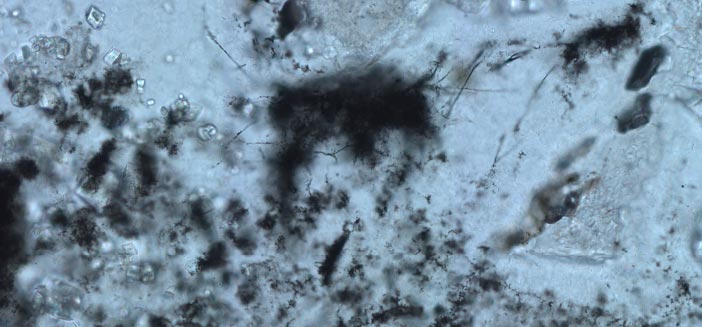The University of Bologna find at the Barberton Greenstone Belt in South Africa is considered a plus for the hydrothermal vent theory of the origin of life:

“I’m pretty well convinced,” says environmental chemist Eli Moore of Rowan University who was not involved in the research. “The [fossils’] morphology resembles cellular colonies, and then within the fossils they have high concentrations of carbon, nitrogen, and hydrogen, so it really looks like organic matter . . . most likely representing ancient cells.”
The analysis also showed the presence of nickel in the chert, which is “particularly cool,” says Moore, because nickel is an important metal cofactor in the biological process of microbial methanogenesis.
“The evidence is definitely strong” that these filaments are indeed fossilized Archean methanogens, and is more definitive than that gleaned from previously discovered microfossils, he says.
Earlier reports of filamentous microfossils had been debated as potential abiogenic biomorphs—that is, organic structures that look like cells but are produced as a result of geochemical, not biological, processes. “We were able to exclude any possibility that our structures were related to any abiotic process,” Cavalazzi says, because they have a different composition from abiogenic biomorphs and formed typically microbial-looking biofilms.
Ruth Williams, “Microbial Fossils Found in 3.4-Billion-Year-Old Subseafloor Rock” at The Scientist (July 14, 2021)
The paper is open access.
It’s not entirely clear that these were life forms but if they were, it’s further evidence that life got started pretty much when the planet cooled and not, apparently, as a result of some long, slow, Darwinian process.
You may also wish to read: The Science Fictions series at your fingertips – origin of life What we do and don’t know about the origin of life.